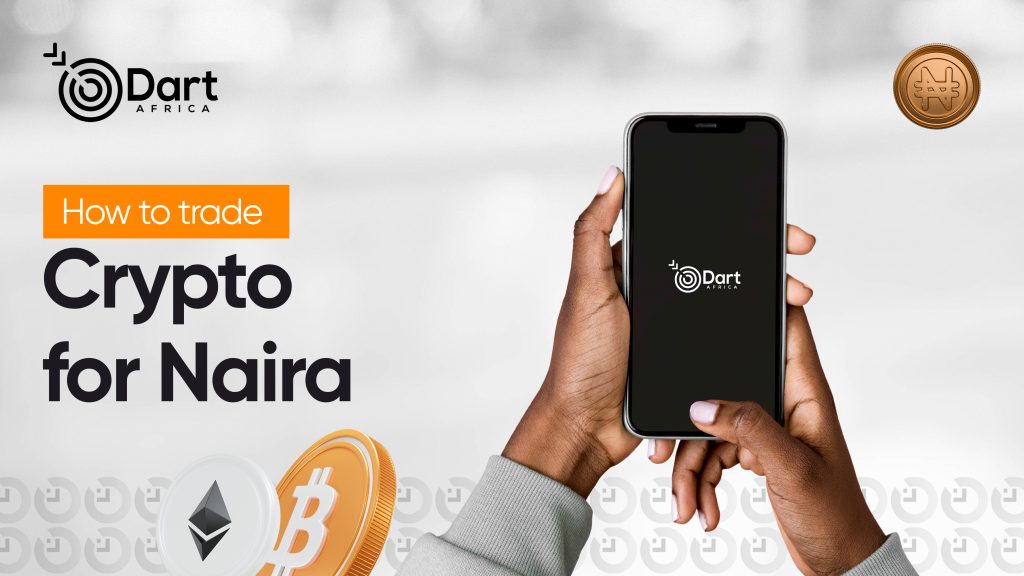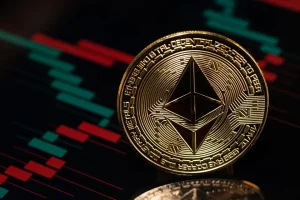Bitcoin, created in 2009, was the first and remains the most well-known cryptocurrency. Since Bitcoin’s introduction, thousands of other cryptocurrencies, commonly referred to as altcoins, have been created, each with its own unique features, purposes, and use cases.
What Are Cryptocurrencies
Cryptocurrencies are digital or virtual currencies that use cryptography for security and operate on decentralized networks called Blockchain. They are designed to function as mediums of exchange, allowing individuals to send and receive digital transactions securely.
Key characteristics of cryptocurrencies include:
1. Decentralization: Cryptocurrencies are typically decentralized, meaning they operate on a network of computers or nodes spread across the globe. This decentralized structure ensures that no single entity or authority has complete control over the currency.
2. Blockchain technology: Cryptocurrencies rely on blockchain technology, a distributed ledger that records all transactions across a network of computers. This technology ensures transparency, security, and immutability of transaction data.
3. Cryptographic security: Cryptocurrencies use cryptographic techniques to secure transactions and control the creation of new units. This cryptography ensures the integrity and privacy of transactions, making it difficult for unauthorized parties to manipulate or counterfeit the currency.
cryptocurrency in digital wallets, which are accessible through private keys.
4. Potential for anonymity: While cryptocurrencies provide pseudonymous transactions, the level of anonymity varies depending on the specific cryptocurrency and the user’s practices. Some cryptocurrencies offer stronger privacy features than others.
Cryptocurrencies have gained popularity for various reasons, including their potential for financial inclusion, borderless transactions, investment opportunities, and decentralized applications. However, it’s important to note that cryptocurrencies can be highly volatile, subject to regulatory changes, and come with their own risks and considerations.
Types Of Altcoins
Tokens
Some blockchain-based tokens have distinct purposes beyond being a form of currency. For instance, some tokens are issued through initial coin offerings (ICOs) and represent ownership or participation in a blockchain or decentralized finance (DeFi) project. These tokens, if tied to the value of the company or project, may be referred to as security tokens, akin to securities like stocks, rather than implying safety.
Some tokens serve specific use cases or functions within a particular ecosystem. For instance, Storj tokens enable file sharing across a decentralized network, while Namecoin provides a decentralized Domain Name System (DNS) service for internet addresses. These tokens are commonly called utility tokens since they serve a specific utility or purpose within their respective platforms.
Altcoins, or alternative cryptocurrencies, refer to all cryptocurrencies other than Bitcoin. There are thousands of altcoins in existence, each with its own unique features, use cases, and underlying technology. Here are some common types of altcoins:
1. Ethereum (ETH): Ethereum is a decentralized platform that enables the creation of smart contracts and decentralized applications (DApps). It has its native cryptocurrency called Ether, which is used to power the network and execute transactions within smart contracts.
Launched in 2015, Ether is presently the second-largest cryptocurrency by market capitalization, following Bitcoin, albeit with a notable gap in market dominance. As of May 19, 2023, Ether traded at approximately $1,800 per ETH. However, its market capitalization of $216.29B remained less than half of Bitcoin’s market capitalization.

2. Binance Coin (BNB): Binance Coin is the native cryptocurrency of the Binance exchange, one of the largest cryptocurrency exchanges in the world. It is primarily used to pay transaction fees on the Binance platform and participate in token sales on Binance Launchpad.
Originally an ERC-20 token running on the Ethereum blockchain, Binance Coin (BNB) later transitioned to its own main net and adopted a Proof-of-Stake (PoS) consensus model. As of May 19, 2023, Binance Coin holds a market capitalization of $48.1 billion, with an approximate value of $309.2 per BNB.
3. Cardano (ADA): Cardano is a blockchain platform that aims to provide a secure and scalable infrastructure for developing DApps and smart contracts. ADA is the native cryptocurrency of the Cardano network.
Cardano strives to position itself as the global financial operating system, aiming to develop decentralized finance (DeFi) products similar to Ethereum. Its objectives include addressing challenges related to chain interoperability, voter fraud prevention, and enabling traceability of legal contracts, among other features. Cardano held the seventh-largest market capitalization of $12.8 billion, with one ADA traded at approximately $0.3692.
4. Tether USDT: Tether (USDT) is a type of cryptocurrency known as a stablecoin. It was introduced in 2014 and is designed to maintain a stable value by being pegged to a reserve of real-world assets, commonly the U.S. dollar. Each unit of Tether is intended to represent one U.S. dollar, making it a 1:1 ratio stablecoin.
The primary purpose of Tether is to provide stability and serve as a bridge between traditional fiat currencies and the cryptocurrency market. It enables users to hold a digital asset that mirrors the value of the U.S. dollar, allowing for easier trading and hedging against market volatility.
Tether operates on various blockchain platforms, including Bitcoin’s Omni Layer, Ethereum, and Tron. It uses the transparency and security of blockchain technology to record transactions and maintain its peg to the underlying reserve assets. As of May 19, 2023, Tether is the third-largest cryptocurrency by market capitalization, with a market cap of $82.8 billion and a per-token value of $1.00.
5. Ripple (XRP): Ripple is a digital payment protocol facilitating fast, low-cost international money transfers. XRP is the native cryptocurrency of the Ripple network and is used as a bridge currency for facilitating transactions between different fiat currencies. As of May 19, 2023, XRP has a market cap of about $24 billion and traded around $0.46.
6. USD Coin (USDC): is another stablecoin that maintains its value by being pegged to the U.S. dollar through fiat-collateralized reserves. This means that for every unit of USD Coin in circulation, an equivalent amount of fiat currency is held in reserve.
The Centre Consortium, composed of Circle and Coinbase, introduced USD Coin in 2018. The inclusion of Circle, a U.S.-based company, subjects USDC to regulatory oversight, positioning it as a regulated stablecoin.
As of 19th of May, 2023, USD Coin has a market cap of $29.5 billion and a price per coin of $0.9999.
Why Is Bitcoin Still the Most Dominant Cryptocurrency?
First-mover advantage: Bitcoin was the first cryptocurrency to be created and gain widespread recognition. Its introduction in 2009 marked the beginning of the cryptocurrency revolution, and it has maintained its position as the market leader ever since. Being the first cryptocurrency has given Bitcoin a significant head start regarding adoption, brand recognition, and infrastructure development.
Global recognition and acceptance: Bitcoin has gained widespread recognition and acceptance across the globe. It is supported by a large and active community, including developers, miners, and users. Bitcoin’s recognition has led to its acceptance as a payment method by numerous merchants, businesses, and even some governments. The increasing acceptance and integration of Bitcoin into various sectors further solidify its position as the most important cryptocurrency.
Store of value and digital gold narrative: Bitcoin has often been called “digital gold” due to its characteristics that resemble the precious metal. It is seen as a store of value and a hedge against inflation. Bitcoin’s limited supply, capped at 21 million coins, and deflationary nature have attracted investors looking for potential long-term investment and a way to preserve wealth.





